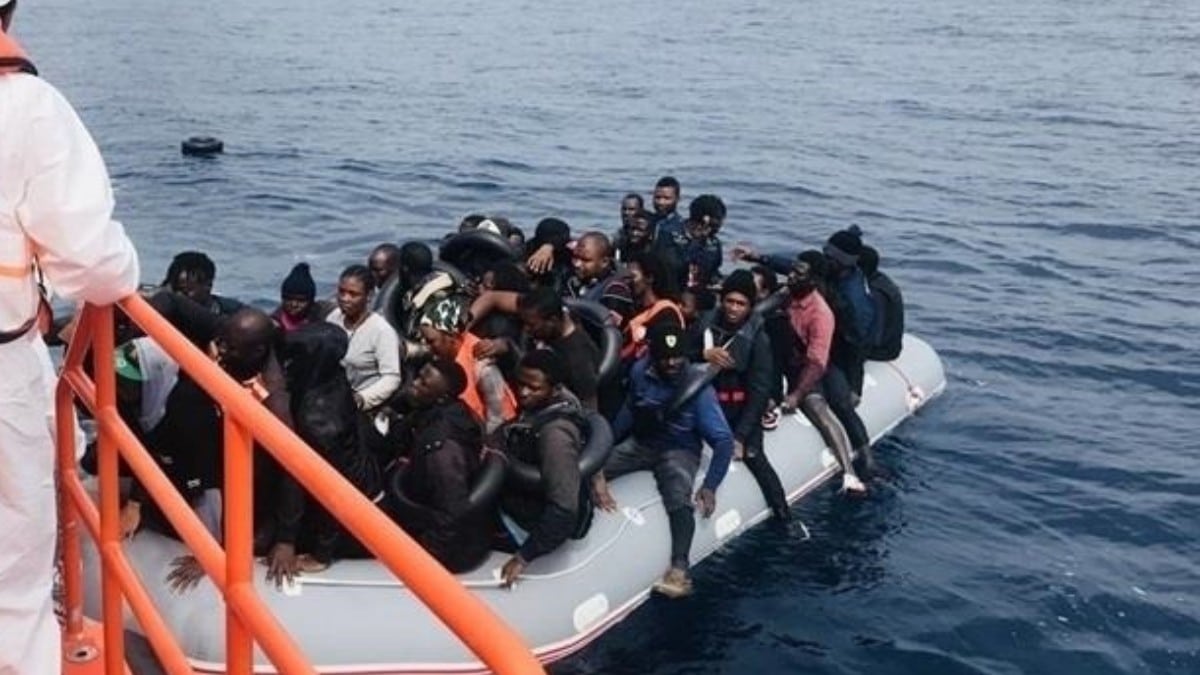I will continue explaining this new Pact on Asylum and Immigration that has left the right wing of the European Parliament unsatisfied, the left indignant and, without reasonable arguments, the Great Coalition of popular, socialist and liberal parties, who have been forced to vote in favour because of the “fear” – unfounded in my opinion – that a new Parliament, more inclined towards conservative or patriotic positions, would approve a different pact.
And I say unfounded because that new Parliament that emerges from the elections on 9 June will always be able, if the arithmetical sum allows it, to undertake reforms in the approved texts, put pressure on the Commission, or resume the long march of the reform of the Return Directive – which, as I said in the previous article – has been forgotten in the “package” approved on 10 April.
I was saying that the reform consists of up to 9 legislative documents. If you wish, we can go through them all, perhaps in different articles, as the texts approved are neither few nor short.
Among the documents that we could call minor within the Pact is the Regulation establishing the requirements for receiving international protection in the EU, which if it is characterised by anything, it is by its lack of ambition. In this case, it will be the conservative or right-wing parties in Europe who, reasonably enough, have reason to reject it, since issues as important as the necessary review of refugee status if the country of origin ceases to be dangerous will not be obligatory, as the Council had requested. The left-leaning European Parliament has undoubtedly won on this point, perhaps as a bargaining chip for other dossiers. In fact, we are still working today at world level with an outdated refugee statute which responds to the international reality of the post-war world but which does not take account of a multipolar and changing world where the elements or factors of the immigration process are of all kinds. In particular, illegal immigration and mass movements of people have become a weapon of what professionals call hybrid warfare or a grey zone. This is what we are experiencing now in Europe, where the coups d’état in the Sahel, the disappearance of the French military and political presence, and the withdrawal of EU aid and border control missions have moved huge numbers of migrants towards the coasts of Mauritania.
An essential issue is that those who apply for asylum – and are granted it – should return to their country of origin as soon as the situation that may have motivated their asylum has disappeared, or at least a guarantee that the return to the country of origin is safe. This measure is essential because otherwise normal situations – such as the request for asylum and recognition – which are, by their very nature, extraordinary, are enshrined as normal situations.
Similarly, the return of the Directive on reception standards for migrants is allowed; which includes the right to work for 6 months after requesting asylum, access to health insurance, including recognition of the right to abortion (cloaked in that expression “sexual and reproductive health”), language courses, etc. This is another text where the left and the European Parliament have no reason to complain; on the contrary, it has been widely rejected by the parties of common sense, the conservative parties. The ban on the detention of minors and their parents simply because they are illegal is a contradiction in terms and could jeopardise the implementation of a systematic expulsion of those who do not have the right to live and stay in Europe. The same could be said in this text about the inclusion of travel permits to go to other Member States; which goes beyond what is reasonable and could lead to abuses of the system; and which, as I said in my first article, unnecessarily pits the so-called countries of entry (Spain, Italy, Greece, for example) against the countries of the North.




 Subscribe
Subscribe